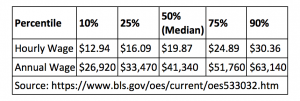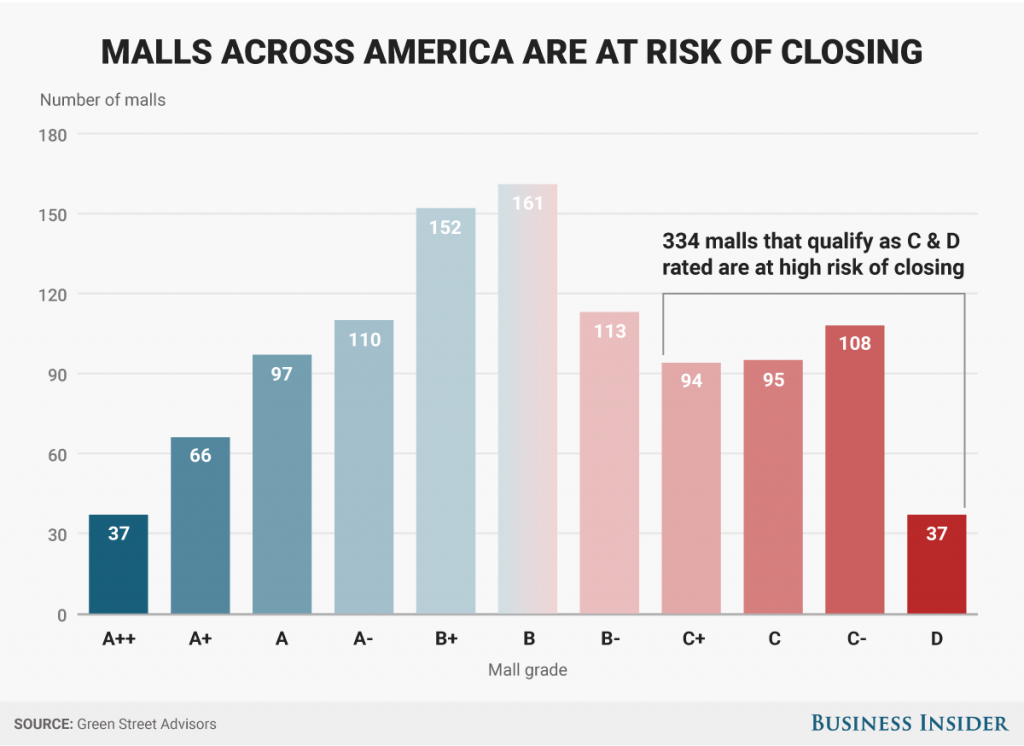General Motors just announced that in the far off distance future of 2019 – next year – they are prepared to introduce commercial scale fleets of electric, autonomous vehicles to be used for ride buying, not individual car purchasing. This may be the most major announcement of its kind to date and significantly accelerates the need for communities to figure out everything, including managing curb drop off and loading, surplus street and surface parking, the re-use opportunities of the public right of way, the impacts on land value and municipal budgets, plus issues of safety, security, etc.
Because the future seemed so, well, far into the future, most communities, from elected leaders to developers to livability advocates, don’t even know where to start in thinking about all of these things. The GM announcement is not an announcement about just transportation, it is an announcement about everything that has to do with how and where we live, making the upcoming Urbanism Next conference much more critical for all communities, whether in attendance or not.



